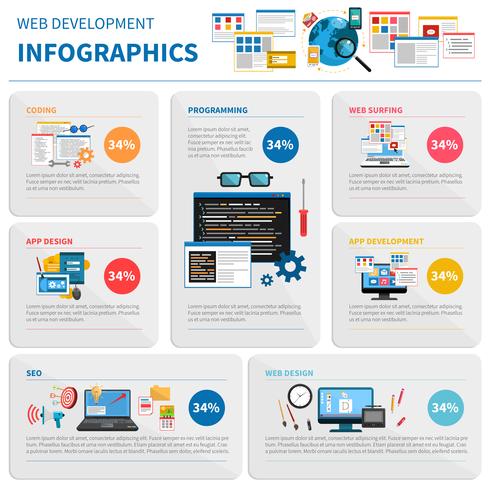Get Ready To Trip Through Time And Discover Just How Websites Have Ended Up Being More Sophisticated, User-Friendly, And Aesthetically Stunning
Get Ready To Trip Through Time And Discover Just How Websites Have Ended Up Being More Sophisticated, User-Friendly, And Aesthetically Stunning
Blog Article
Content By-Kahn Bojesen
In the past, web sites were straightforward and concentrated on details. Navigating was direct, and design was for desktops. Now, customer experience is essential. Data overviews layouts for simple navigating. Receptive formats fit different tools. Today, dark setting decreases pressure, and minimal menus improve navigation. Interactive features involve individuals, and vibrant visuals stick out. AI integration enhances interaction. See just how style has developed to enhance your on the internet journey.
Very Early Days of Web Design
In the very early days of web design, simplicity reigned supreme. Websites were basic, with restricted colors, fonts, and designs. The focus got on giving info rather than showy visuals. Individuals accessed the internet with slow dial-up links, so speed and functionality were crucial.
Navigation food selections were straightforward, typically located at the top or side of the web page. Web sites were created for home computer, as mobile browsing wasn't yet common. Content was king, and developers prioritized easy readability over complicated layout components.
HTML was the primary coding language utilized, and designers had to work within its restrictions. Animations and interactive attributes were marginal contrasted to today's criteria. Sites were static, with little vibrant material or personalized user experiences.
Rise of User-Focused Design
With the advancement of site layout, a shift in the direction of user-focused layout principles has become increasingly noticeable. Today, developing sites that prioritize user experience is critical for involving site visitors and accomplishing business objectives. User-focused design involves comprehending the requirements, choices, and actions of your target audience to customize the site's design, material, and features as necessary.
see page conduct detailed research study, such as customer studies and functionality testing, to gather understandings and responses straight from customers. click here to find out more -driven method assists in developing intuitive navigating, clear calls-to-action, and aesthetically enticing user interfaces that resonate with site visitors. By putting the user at the facility of the layout procedure, sites can deliver a more customized and delightful experience.
Receptive style has likewise emerged as a vital facet of user-focused layout, making sure that web sites are enhanced for various gadgets and display dimensions. This versatility boosts access and usability, satisfying the varied ways users engage with web sites today. In essence, the increase of user-focused design signifies a shift towards creating electronic experiences that prioritize the requirements and expectations of completion user.
Modern Trends in Website Design
Discover the most up to date fads shaping web design today. One noticeable fad is dark setting style, using a streamlined and modern-day appearance while reducing eye pressure in low-light environments. One more essential trend is minimalist navigating, streamlining menus and enhancing individual experience by focusing on essential elements. Including micro-interactions, such as computer animated switches or scrolling impacts, can create a much more interesting and interactive website. Receptive style continues to be important, making sure smooth customer experiences throughout different devices. In addition, using bold typography and unbalanced layouts can add visual passion and accentuate specific content.
Incorporating AI innovation, like chatbots for customer assistance or tailored recommendations, enhances user engagement and simplifies processes. Accessibility has likewise come to be a significant fad, with developers prioritizing comprehensive design methods to accommodate diverse customer needs. Accepting sustainability by optimizing web site performance for rate and efficiency is one more emerging fad in web design. Collaborating with user responses and data analytics to iterate and boost layout continuously is essential for remaining appropriate in the ever-evolving electronic landscape. By welcoming these modern-day patterns, you can produce an aesthetically enticing, easy to use web site that resonates with your audience.
Verdict
As you assess the advancement of website layout from the very early days to currently, you can see how user-focused design has ended up being the driving pressure behind modern-day trends.
Embrace the trip of change and adaptation in web design, always maintaining the customer experience at the center.
Keep present with the most recent fads and technologies, and never ever quit evolving your approach to create visually magnificent and straightforward sites.
Progress, adapt, and produce - the future of web design is in your hands.
